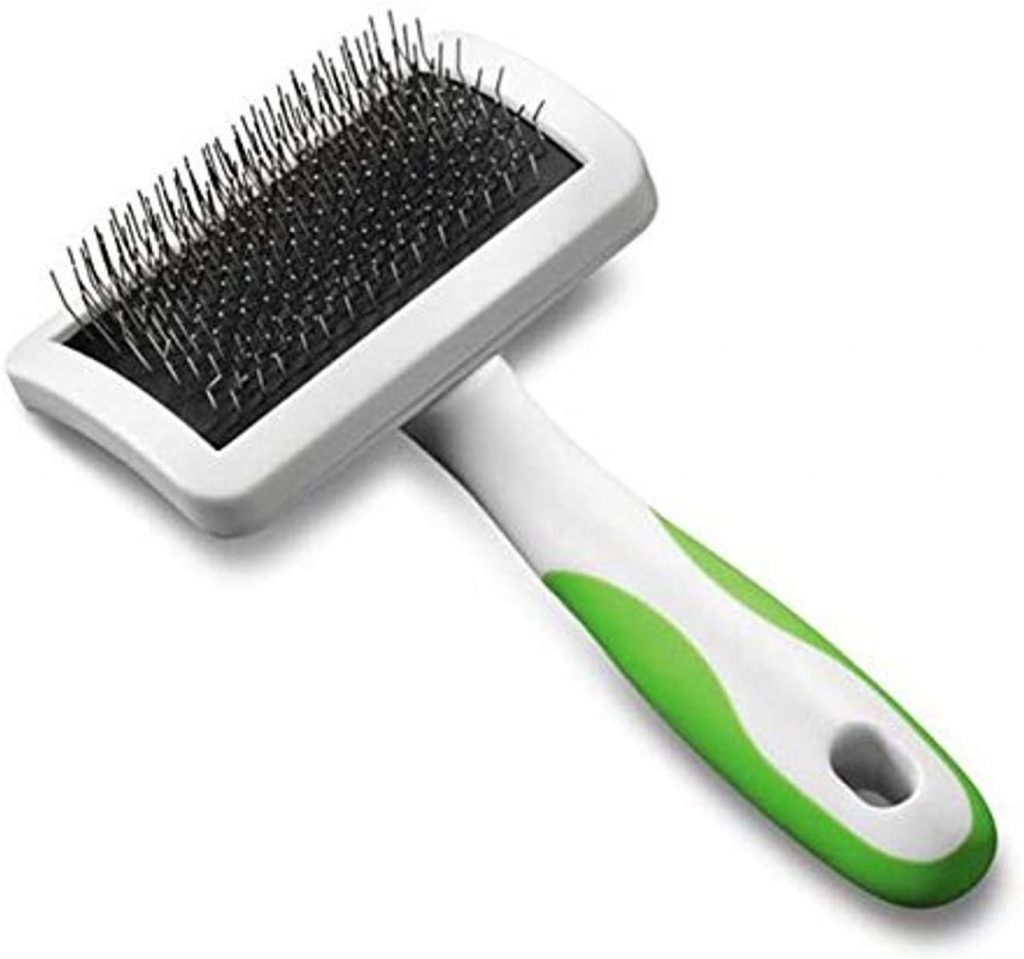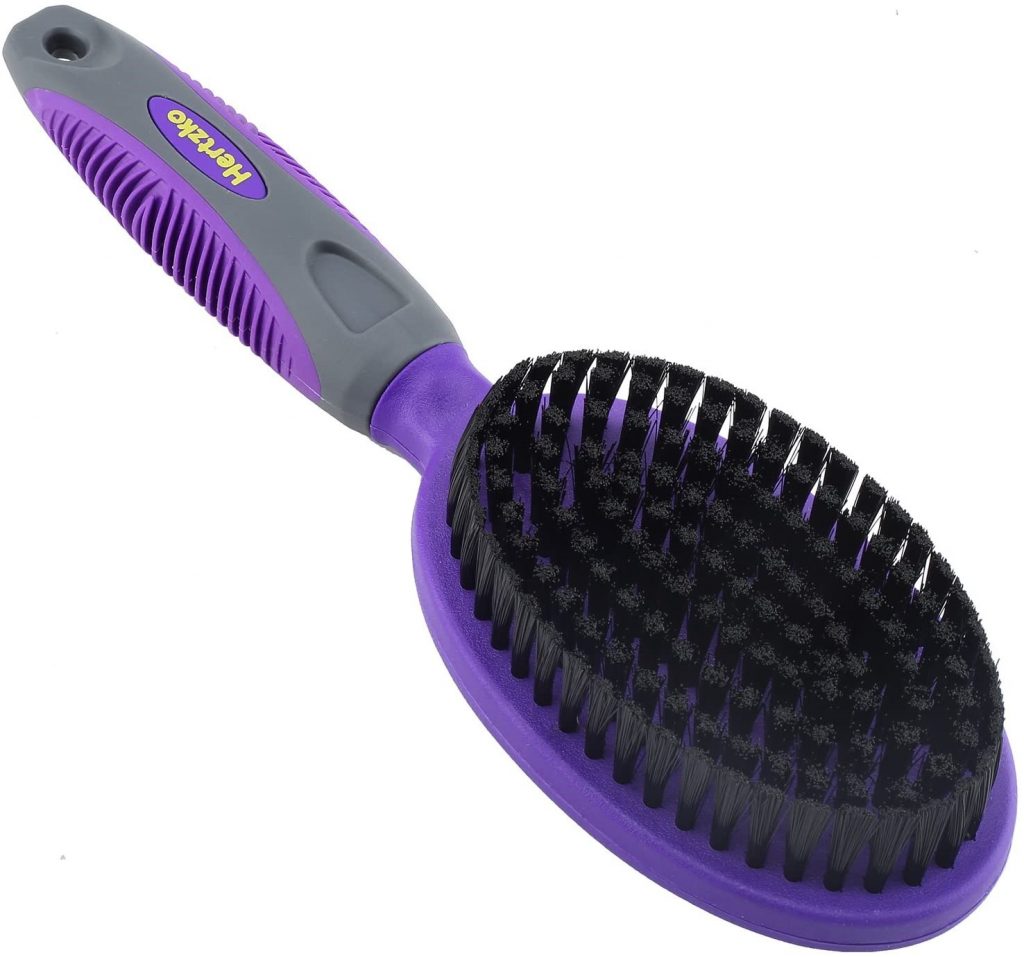Everything you need to know about brushes and combs for your dog.
Brushing with which tool is best to cover your dog is a question that many pet owners do not know the answer. In this article, we will introduce you to the types of brushes and examine the use of each one.
Brushing pets is a very useful and necessary job because it removes dead hair and massages the animal’s skin, as a result of which your loved ones always have healthy and shiny hair and fresh and healthy skin.

Many of us are interested in keeping and raising a variety of pets at home, from dogs and cats to hamsters and guinea pigs and animals like these. But when we think about the hair loss of these animals in the house and our daily way of life, we give up and prefer not to have a pet. In this section, we will introduce simple and easy ways to deal with pet hair and help you keep your home clean and tidy despite these lovely animals.
Pets care
Combing hair
The first thing you need to do to keep your home clean is to constantly take care of the pet itself. You need to comb your pet’s hair daily so that the extra hair is removed from his body all at once and does not spread at home over time. This is especially true for animals with long hair, and it may be necessary to comb their hair twice a day.

To comb the cat’s hair, move from the head to the tail. To do this, it is better to use a metal brush or a fine comb. The brush will have a better choice of fur. The presence of any disturbing object or creature when combing will cause discomfort and pain to the cat. One way to find out is to prevent the cat from combing and brushing. Be very careful when combing the cat’s ear because some cats are very sensitive to this part of their body. Many cats like to rub their face. If your cat starts rubbing his face or mouth on the brush, do not stop the cat from doing so. Because it will help them enjoy taking care of themselves.

Pull the comb and brush to both sides and the cat’s abdomen.
Start with both sides of the cat. Carefully move slowly and slowly towards the cat’s abdomen. If the cat allows you to comb your belly hair, move the comb straight from top to bottom. If for any reason the cat is prevented from doing so, stop combing. Most cats are very protective of this area of their body because it makes them feel vulnerable.
Repeat the use of sterile rubber gloves, first moisten the gloves with clean water and stroke the cat’s head, then stroke the cat’s entire body. This calms the cat and facilitates the combing operation. Which prevents any cat hair extensions and annoyance to the cat. If the brush is full of cat hair, pull the hair out of the brush combs.
Repeat brushing cat hair 2 to 3 times a week. And do this at different times of the year, because the weather of the seasons will affect the amount of brushing. Depending on the weather, your cat may have more brushing sessions. With a regular schedule, your cat will be protected from the factors listed above.
Which tool is best for brushing your dog?
Almost like dogs, their special brush is conceivable in any shape and size. To choose the right brush, start by considering the type of cover your pet has.

Slicker Brush
This type of brush works for all types of coatings. The brush has a flat or curved head with rows of thin wire pins that remove loose hair and help loosen tangles.

Pin Brush
It is very similar to a brush slicer, but the tips of the wire pins of this model are covered with plastic or rubber. This brush is made for a variety of longer and silky coatings.

Bristle Brush
This brush is best used for dogs with short or rough coat. This type of brush removes dead hair and creates a good shine.
Hair loss blade
Do not be fooled by its name, this brush is just a horseshoe comb with small and harmless teeth. Use it for smooth, short or blended coverage to remove loose hair.
Rake under cover
This tool looks like a brush pin but with shorter or longer pins or pins. This brush is designed so that you can penetrate deeply into heavy and two-layer coatings.

This handy anti-hair loss tool has a serrated metal comb, plus a button to release curly hair (which is surprisingly useful). This tool works on flat, short, composite, heavy and double layer coatings. It can help reduce hair loss by up to 90%.
What kind of cover does my dog have?
When you know what kind of coating you are brushing, it will be easier to apply.
Find the type of cover your dog has.
Flat or flat cover
Breeds with very short coatings that are close to the body are:
• Boxer
• Dalmatians
• Gary laughed
• Miniature Pincher
• Pointer
- Staffordshire Terrier
Short cover
Dogs with a cover of 2.5 to 5 cm:
• Beagle
• Cattle Dog
• Labrador Retriever
• Pag
• Rottweiler
Combined coating
Dogs with a combination of short and long coat are:
• Brother Kali
• Golden Retriever
Doxand Long Hair
• Papillon
Double layer coating
Breeds with thick and soft undergarments and an outer covering with longer and thicker protective hair are:
• alekhand
• German Shepherd
• Husky
Heavy cover
Breeds with thick and dense cover include:
• chaw chaw
• Kali
• Pamranin
• samoeed
Silk cover
Dogs with long, delicate and soft hair
• Stars
• Spaniels
Curly cover
Curly-haired dogs (who have less hair loss than other breeds) include:
• Freeze free
• Boyer
• Carrie Blue Terrier
• Poodle
• Radiation dog
Wired cover
Rough-coated breeds include:
• Airdale Terrier
•direhond
• Petit Bast Griffin Wendin
• Eshnozer
• Scottish Terrier
• West Highland White Terrier
Natural long hair
Breeds with soft and smooth coatings are:
• Maltese
• Shape Dogs
• Shitzu
• Yorkshire Terrier






